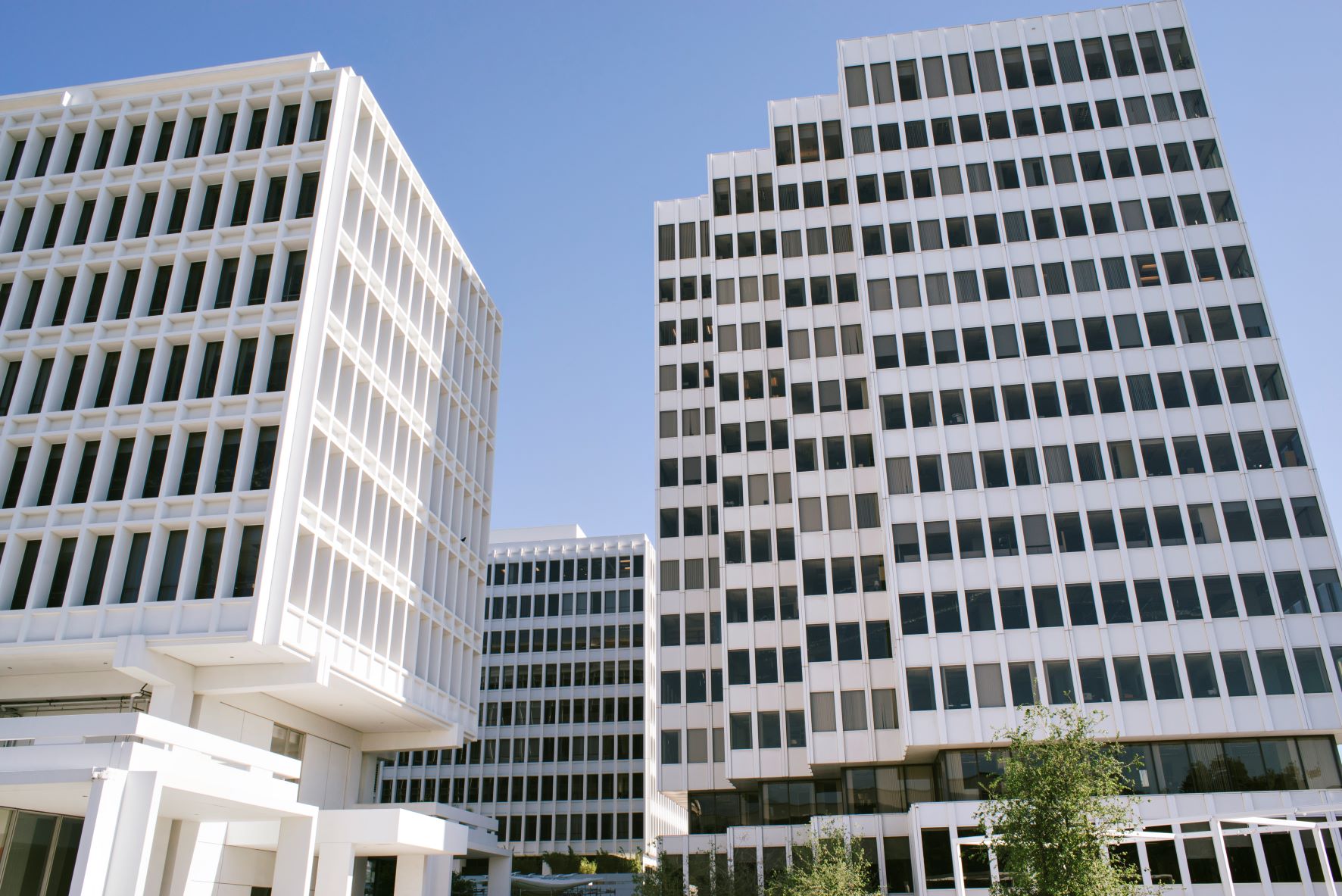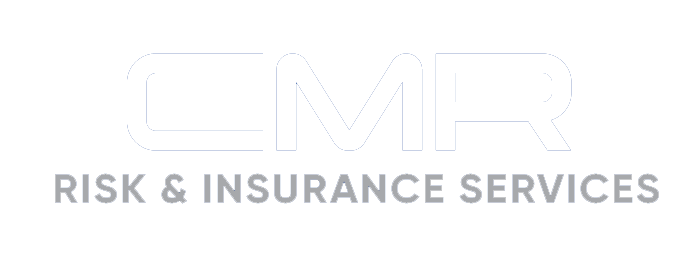insurance

April 13, 2023
Hardening Property Market Prompts Difficult Conversations, Lengthy Renewals
Hardening property insurance market conditions mean brokers must start conversations early, endure longer renewal processes, and skillfully deliver potentially bad news to clients, according to Risk Placement Services’ 2023 U.S. Property Market Outlook. Property insurers face reinsurance rate hikes between 30% and 80%, worsening and more frequent catastrophes, and inflated rebuilding costs. They’ve responded by...

April 11, 2023
Rising Workers’ Compensation Expenses Linked to Facility Services Costs
A report from the National Council on Compensation Insurance (NCCI) examining countrywide medical cost trends revealed that health care facility services costs accounted for 40% of workers’ compensation expenses during 2021 and increased by an average of 3% throughout the past decade. Although specific trends varied by facility type, the report found that the two...

April 6, 2023
Searching For a Surety Partner? Look For Someone Invested in Stability for the Years to Come
While insurance products exist to help an insured in the event of a loss, surety bonds are purchased so that a customer can guarantee their work on a particular project will be completed within a certain timeframe and at a reasonable cost. Bonds support everything from a guarantee that a construction project will be completed...

April 4, 2023
April Is Distracted Driving Awareness Month
The National Safety Council recognizes April as Distracted Driving Awareness Month. This event is intended to raise awareness about the dangers of distracted driving and encourage motorists like you to minimize potential distractions behind the wheel. Review the following article for more information on distracted driving and ways you can help prevent it. Distracted Driving...

April 3, 2023
Growing Construction Costs Driving Commercial Property Coverage Gap
Growing costs for construction materials and labor could be driving commercial properties to be undervalued by as much as 30% for underwriting purposes, according to Tüv Süd Global Risk Consultants Corp. A disconnect between reported values and actual values can result in a coverage gap for a commercial policyholder. From November 2021-November 2022, the cost of...

March 30, 2023
Wildfire Preparedness Steps for Businesses
Wildfires are unplanned, uncontrolled and unpredictable fires resulting from lightning and human causes, such as campfires, downed utility wires and cigarette butts. Direct flames, radiant heat from nearby burning plants or structures, and flying embers from wildfires can pose risks to businesses, homes and people. Wildfires can have a profound impact on local economies as...

March 28, 2023
CEOs Want Employees Back In Office—But Can We Prove Buildings Are Safe?
With COVID-19 vaccination efforts fully ramped up, U.S. employers are accelerating their plans to bring employees back to the office. Recently, PwC’s US Remote Work Survey found 75% of executives anticipate at least half their employees will be back in the office this month. While remote work has proven to be successful by many measures, few leaders...

March 22, 2023
Defining an Occurrence in Insurance
Going as far back as the 1973 policy’s insuring agreement, the insurer pledges to pay on behalf of the insured all sums the insured becomes legally obligated to pay as damages because of bodily injury or property damage caused by an “occurrence.” The current CGL form employs simplified language to promise: “We will pay those...

March 21, 2023
Insuring the Climate Transition: How Can the Construction Industry Confront Escalating Storm Damage?
Like every industry, construction isn’t immune to the effects of global climate change. Adverse weather affects 45% of construction projects globally, a 2021 report from the Air Force Institute of Technology found, and results in billions of dollars of additional expenses and lost revenue. Project delays, damaged materials and supply chain shortages are just some of...

March 20, 2023
How Nonprofit Insurance Brokers and Carriers Support the Causes Closest to Their Hearts
Most of us should be able to agree that those who work within not-for-profit organizations are heroes. From nonprofit founders to entry-level workers, they find themselves in this important work because it fuels a personal passion. That passion might include an overarching urge and desire to express benevolence and aid those causes and communities who...
